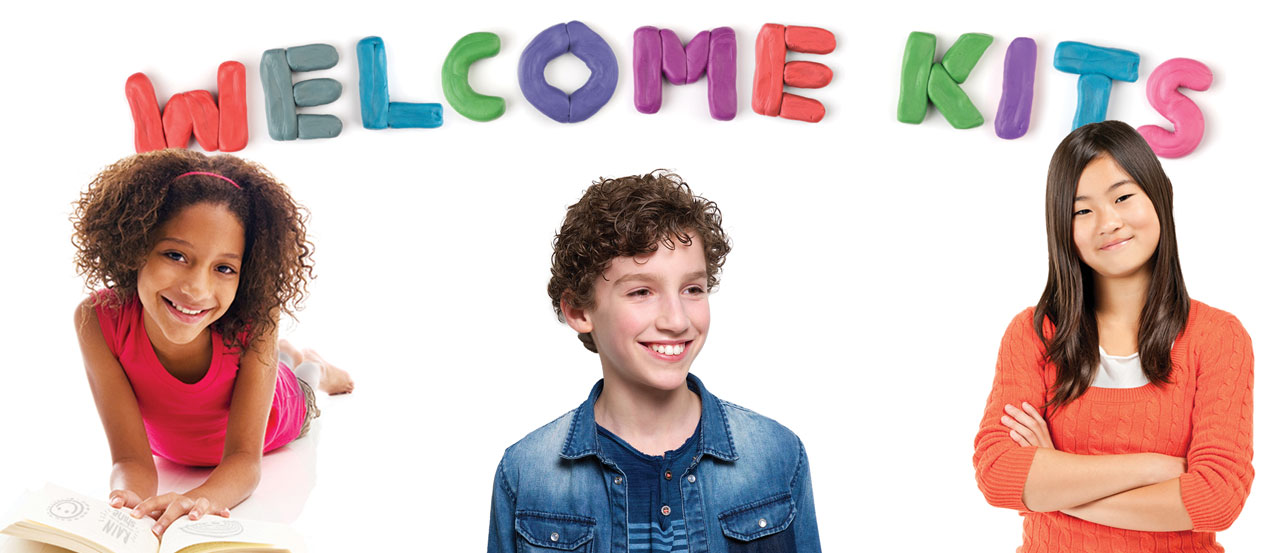The idea for welcome kits for young patients stemmed from this goal—and with funding from Princeton Medical Center Foundation, the kits are becoming a reality.
“Children and teens entering therapy may feel skeptical and unsupported, and the stressors they face have been compounded by the pandemic,” says Chelsea Mazzara, LCSW, Senior Primary Therapist at Princeton House’s Hamilton outpatient site. “We want them to know that they’re in the right place. The kits are a very intentional way to build a connection and provide resources they can use from the moment they begin treatment.”
In addition to descriptions of what to expect, the kits contain tip sheets and word searches along with more tactile items ranging from stress balls and reusable ice cubes to modeling clay, markers, and other art supplies. With these tools, young patients can feel more engaged, practice skills like distress tolerance and emotion regulation, and fully participate in allied therapies without worrying about what supplies they have at home.
The welcome kits will be mailed to each new patient in the child and adolescent programs throughout this year.
“For this age group in particular, having tangible tools to hold and use can be soothing and make behavioral health treatment less abstract,” adds Jody Kashden, PhD, Senior Director of Clinical Development and Performance Improvement at Princeton House. “These resources are also designed to be practical beyond the treatment setting. Once learned, these skills can serve our patients throughout their lives.”
Article as seen in the Winter 2022 issue of Princeton House Behavioral Health Today.



